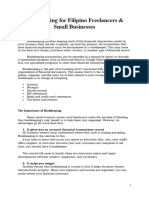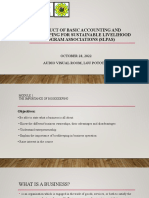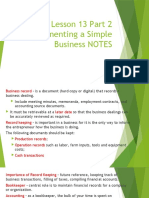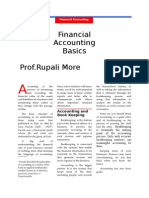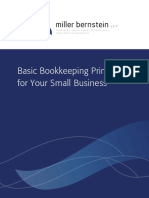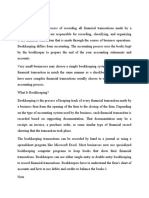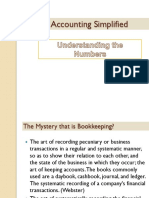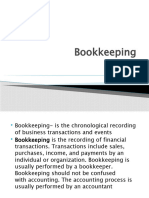0% found this document useful (0 votes)
21 views2 pagesBeginner's Guide To Bookkeeping
Bookkeeping is the organized recording of a business's financial transactions, ensuring accuracy and up-to-date records. Key terms include assets, liabilities, equity, revenue, expenses, and the double-entry system. Essential steps involve setting up accounts, choosing a bookkeeping method, recording transactions, posting to ledgers, and preparing a trial balance, while utilizing tools like manual record books, spreadsheets, or bookkeeping software.
Uploaded by
kamandanyumahkelvinCopyright
© © All Rights Reserved
We take content rights seriously. If you suspect this is your content, claim it here.
Available Formats
Download as PDF, TXT or read online on Scribd
0% found this document useful (0 votes)
21 views2 pagesBeginner's Guide To Bookkeeping
Bookkeeping is the organized recording of a business's financial transactions, ensuring accuracy and up-to-date records. Key terms include assets, liabilities, equity, revenue, expenses, and the double-entry system. Essential steps involve setting up accounts, choosing a bookkeeping method, recording transactions, posting to ledgers, and preparing a trial balance, while utilizing tools like manual record books, spreadsheets, or bookkeeping software.
Uploaded by
kamandanyumahkelvinCopyright
© © All Rights Reserved
We take content rights seriously. If you suspect this is your content, claim it here.
Available Formats
Download as PDF, TXT or read online on Scribd
/ 2






